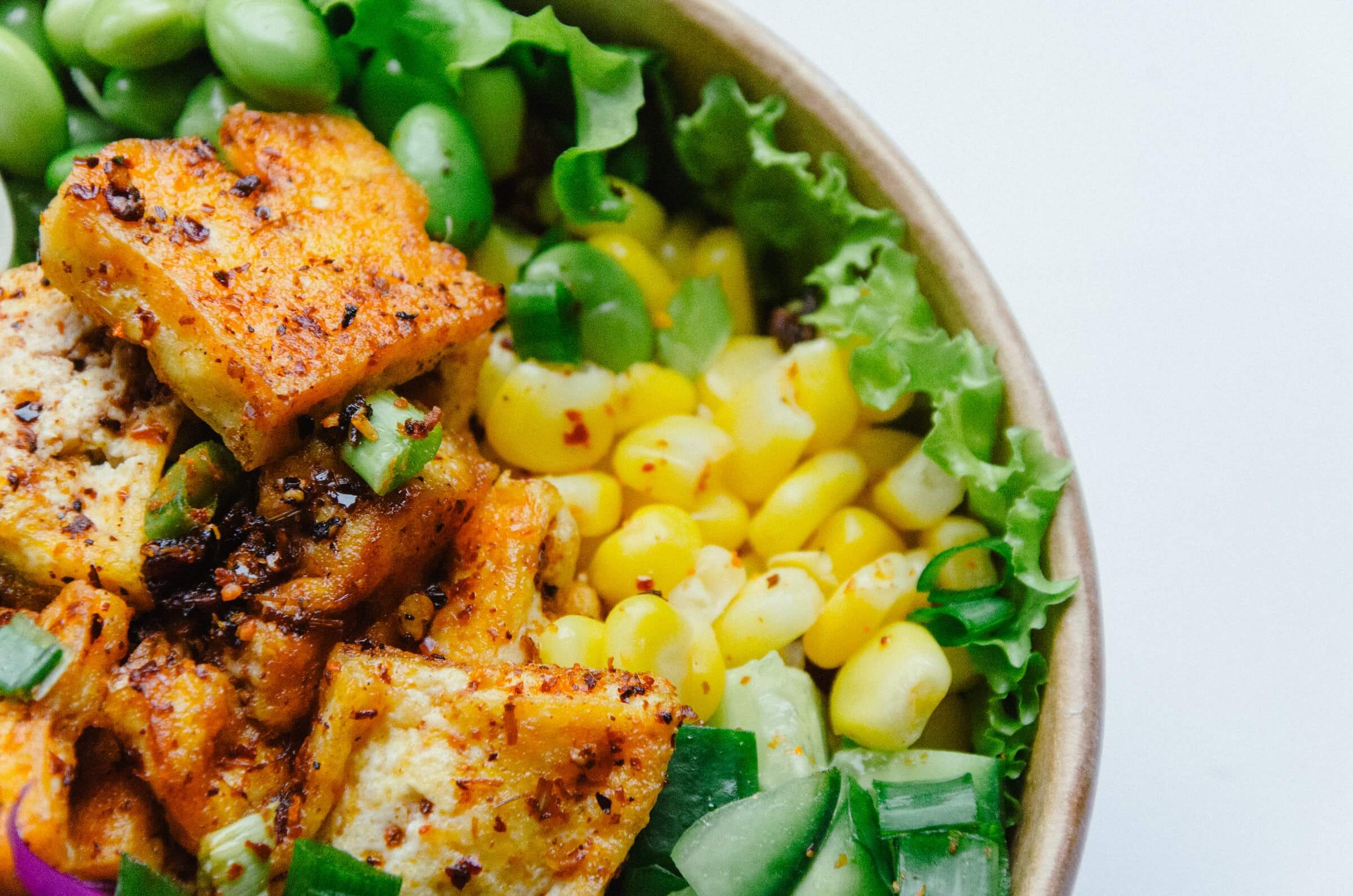Delivery and Takeout Food Trends for 2021: United States
by David Klemt

Yesterday we reviewed food delivery data and 2021 food trend predictions for Canada. Now it’s the United States’ turn.
Before we jump into the data and predictions, a word on succeeding with delivery in 2021 and beyond.
As I pointed out yesterday, when an operator signs up with a third-party delivery service, their guest data becomes the delivery company’s data.
That means that company and not the restaurant or bar owns the guest journey and guest engagement, and therefore owns the guest for all intents and purposes.
When a restaurant, bar or other F&B business enters into a contract with a third-party delivery company—unless otherwise explicitly stated—they give up control of targeted marketing efforts. In other words, third-party delivery platforms disrupt the guest journey.
Delivery became a way for many businesses to generate revenue during 2020, for obvious reasons. Operators who can afford to implement first-part and last-mile delivery should do so to maximize their revenue and control the guest journey and marketing.
To help operators own delivery, we’ve reviewed end-of-year reports from three delivery titans—UberEats, Grubhub and DoorDash—to share their 2020 findings. When it comes to the most ordered items, cuisines and categories, some third-party platforms are willing to share data.
According to UberEats, comfort foods were the most popular category:
- Burgers and fries
- Burritos
- Pad Thai
- Mac and cheese
- California rolls
- Chicken Tikka Masala
- Miso soup
- Mozzarella sticks
Per the platform, the following cuisines proved most popular:
- American
- Italian
- Mexican
- Chinese
- Japanese
- Thai
- Indian
- French
- Caribbean
- Greek
As UberEats stated in their report, it appears that customers found a way to travel after all—they just did it through food.
Pizza, bagels, wings, tacos, burgers and dumplings led the way for Grubhub in 2020. The most popular pizza order was Hawaiian (because some people are monsters and put pineapple on their pies), while the most popular burger was garlic mushroom. Grubhub revealed that their top French fry was the loaded curly fry, and the most popular plant-based item was the eggplant burger.
In descending order, the top F&B Grubhub orders overall from 2020 were:
- Spicy chicken sandwich
- Chicken burrito bowl
- Chicken wings
- Waffle fries
- Cold brew coffee
- Steak quesadilla
- Iced latte
- Fish and chips
- Strawberry shake
- Roast beef sandwich
Per Grubhub, the top breakfast item was the acai bowl, the top side dish was French fries, the number-one late-night order was strawberry cheesecake, and the most ordered dessert was apple pie.
Moving on to DoorDash, the platform identified their top ten 2020 items back in November:
- Chicken fingers and French fries
- Fried chicken sandwich
- Mac and cheese
- Chips and guacamole
- Apple pie
- Pad Thai
- Chicken quesadilla
- Iced coffee
- California roll
- Chicken Tikka Masala
The UberEats, Grubhub and DoorDash revelations align with data collected by the National Restaurant Association between November and December of 2020. Per the NRA, the following were the top items sold by full-service casual, family and fine-dining restaurants:
- Burgers
- Seafood
- Pizza
- Steak
- Chicken (excluding chicken wings)
- Breakfast items
- Pasta
- Mexican food
- Sandwiches, subs and wraps
- Chicken wings
According to the NRA, the items below were the most popular for limited-service restaurants (fast casual, quick-service, coffee and snack):
- Sandwiches, subs and wraps
- Pizza
- Burgers
- Chicken (excluding chicken wings)
- Ice cream, cookies and cakes
- Baked goods
- Breakfast items
- Mexican food
- BBQ items
- Seafood
For 2021, DoorDash predicted the following items to see a lift:
- Sausage, egg and cheese on a biscuit
- Create your own omelettes
- Carrot cake
- Cinnamon roll
- Caramel latte
- Chocolate brownies
- Black coffee
- Donuts
- Blueberry muffin
- Biscuits
DoorDash revealed that Mexican, Chinese and Tex-Mex were the top cuisines ordered via the platform. The company also predicted five cuisines would be popular in 2021:
- Taiwanese
- French
- Filipino
- Australian
- Moroccan
When it comes to 2021, multiple sources have named vegetarian, vegan, plant-based, and health and wellness items as the foods to watch. Even this early into the year it’s not exactly a controversial statement to say that all of those categories are going to perform well in 2021.
According to DoorDash, nearly half of Americans (47 percent) plan to consume more plant-based items. Whether it’s truly healthier than its traditional counterparts, plant-based is perceived that way. In total, per DoorDash, 72 percent of Americans plan to make a concerted effort to eat healthier in 2021. This is likely due to an increased interest in boosting immune systems due to Covid-19.
Put another way, operators will likely struggle if they don’t add vegan, vegetarian, and plant-based foods to their streamlined menus, another trend expected to continue through 2021.
Predictions from the Specialty Food Association in particular caught our attention. For 2021, the association has predicted spices and herbs native to West Africa (Senegal, for example) will be in demand. Scandinavian and Cambodian flavors are also expected to perform well, as are Latin American and Southeast Asian items.
Due to interest in tahini sauce and black sesame, the SFA expects halva, which is a Middle Eastern confection, to get plenty of attention. The SFA and Datassential both named fermented honey as an item to watch in 2021.
Along with vegan and plant-based items, creative meal kits are expected to perform well. Restaurants and bars will continue to face restrictions and indoor dining bans over the course of at least the next few months. Creative meal kits will get the attention of customers who have grown tired of preparing the same meals over and over.
Whether an operator chooses to stick with their current menu or embrace one or more food trends, they should look into first-party or last-mile delivery. It’s imperative that operators own their guest journey and marketing efforts.
For more information about first-party and last-mile delivery, please listen to Bar Hacks episode 13 with “Rev” Ciancio, an advocate of keeping delivery and data in-house.
Image: Robert Anasch on Unsplash




